Realization of Low Profile Leaky Wave Antennas Using the Bending Technique for Frequency Scanning and Sensor Applications
Abstract
:1. Introduction
2. Concept of Periodically-Distributed Bends Along a Microstrip Transmission Line
3. Proposed Ku-Band Sharp Bent Right-Hand/Left-Hand Transmission Line-Based LWA
3.1. Dispersion Analysis
3.2. Validation and Implementation of Proposed Ku-Band LWA
4. Proposed Right-Hand Sine Wave Smooth Edge Transmission Line-Based LWA
4.1. Dispersion Analysis
4.2. Implementation and Results of the Proposed Right-Hand Sine Wave LWA
5. Conclusions
Author Contributions
Funding
Conflicts of Interest
Abbreviations
| CRLH | Composite right-hand/left-hand |
| LWA | Leaky wave antennas |
| SIW | Substrate integrated waveguide |
References
- Menzel, W. Planar Leaky Wave Antennas—Early Concepts and Actual Results. In Proceedings of the 2013 European Microwave Conference, Nuremberg, Germany, 6–10 October 2013; pp. 483–486. [Google Scholar]
- Pozar, D.M. Microwave Engineering, 3rd ed.; Wiley: New York, NY, USA, 2004. [Google Scholar]
- Caloz, C.; Jackson, D.R.; Itoh, T. Leaky-Wave Antennas. In Frontiers in Antennas: Next Generation Design and Engineering; McGraw-Hill: New York, NY, USA, 2011. [Google Scholar]
- Li, Y.; Wang, J. Dual-Band Leaky-Wave Antenna Based on Dual- Mode Composite Microstrip Line for Microwave and Millimeter-Wave Applications. IEEE Trans. Antennas Propag. 2018, 66, 1660–1668. [Google Scholar] [CrossRef]
- Jackson, D.R.; Oliner, A.A. Leaky Wave Antennas, in Modern Antenna Handbook; John Wiley & Sons, Ltd.: Hoboken, NJ, USA, 2007; Chapter 7; pp. 325–367. [Google Scholar]
- Che, B.; Meng, F.; Fu, J.; Zhang, K.; Yang, G.; Wu, Q. A dual band CRLH leaky wave antenna with electrically steerable beam based on liquid crystals. In Proceedings of the 2016 IEEE Conference on Electromagnetic Field Computation (CEFC), Miami, FL, USA, 13–16 November 2016; p. 1. [Google Scholar]
- Galli, A.; Baccarelli, P.; Burghignoli, P. Leaky-Wave Antennas. In Wiley Encyclopedia of Electrical and Electronics Engineering; J. Wiley and Sons: New York, NY, USA, 2016. [Google Scholar]
- Krauss, A.; Bayer, H.; Stephan, R.; Hein, M.A. Dual-band leaky wave antenna based on a dual-layer frequency selective surface for bi-directional satcom-on-the-move in Ka-band. In Proceedings of the 2016 International Workshop on Antenna Technology (iWAT), Cocoa Beach, FL, USA, 29 February–2 March 2016; pp. 25–28. [Google Scholar]
- Liu, J.; Long, Y. Formulas for complex propagation constant of first higher mode of microstrip line. Electron. Lett. 2008, 44, 261–262. [Google Scholar] [CrossRef]
- Scattone, F.; Ettorre, M.; Sauleau, R.; Fonseca, N.J.G. Leaky wave-based dual-band phased array for satellite communications. In Proceedings of the 2016 10th European Conference on Antennas and Propagation (EuCAP), Davos, Switzerland, 10–15 April 2016; pp. 1–4. [Google Scholar]
- Chen, Y.; Wang, C. Characteristics Modes: Theory and Applications in Antenna Engineering; John Wiley and Sons, Inc.: Hoboken, NJ, USA, 2015. [Google Scholar]
- Machac, J.; Polivka, M.; Zemlyakov, K. A Dual Band Leaky Wave Antenna on a CRLH Substrate Integrated Waveguide. IEEE Trans. Antennas Propag. 2013, 61, 3876–3879. [Google Scholar] [CrossRef]
- Caloz, C. Dual Composite Right/Left-Handed (D-CRLH) Transmission Line Metamaterial. IEEE Microw. Wireless Compon. Lett. 2006, 16, 585–587. [Google Scholar] [CrossRef]
- Sanada, A.; Caloz, C.; Itoh, T. Characteristics of the composite right left-handed transmission lines. IEEE Microw. Wireless Compon. Lett. 2004, 14, 68–70. [Google Scholar] [CrossRef]
- Ju, J.; Kim, J.; Eom, S.; Song, M. Dual-band leaky wave antenna design for 5 GHz WLAN using bandgap structure. Electron. Lett. 2012, 48, 1578–1580. [Google Scholar] [CrossRef]
- Beaskoetxea, U.; Navarro-Cía, M.; Beruete, M. Broadband frequency and angular response of a sinusoidal bulls eye antenna. J. Phys. D Appl. Phys. 2016, 49, 265103. [Google Scholar] [CrossRef]
- Kandwal, A.; Zhang, Q.; Das, R.; Tang, X.; Louis, L. Model analysis of coupled-mode leaky wave antenna for forward and backward frequency scanning. Microw. Opt. Technol. Lett. 2018, 60, 1360–1368. [Google Scholar] [CrossRef]
- Wu, G.C.; Wang, G.M.; Liang, J.G.; Gao, X.J. Dual-band periodic beam scanning antenna using eighth mode substrate integrated waveguide based metamaterial transmission line. J. Phys. D Appl. Phys. 2017, 50, 185104. [Google Scholar] [CrossRef]
- Dorrah, A.H.; Eleftheriades, G.V. Pencil-Beam Single-Point-Fed Dirac Leaky-Wave Antenna on a Transmission-Line Grid. IEEE Antennas Wirel. Propag. Lett. 2017, 16, 545–548. [Google Scholar] [CrossRef]
- Otto, S.; Rennings, A.; Solbach, K.; Caloz, C. Transmission Line Modeling and Asymptotic Formulas for Periodic Leaky-Wave Antennas Scanning Through Broadside. IEEE Trans. Antennas Propag. 2011, 59, 3695–3709. [Google Scholar] [CrossRef]
- Jiang, W.; Liu, C.; Zhang, B.; Menzel, W. K-Band Frequency-Scanned Leaky-Wave Antenna Based on Composite Right/Left-Handed Transmission Lines. IEEE Antennas Wirel. Propag. Lett. 2013, 12, 1133–1136. [Google Scholar] [CrossRef]
- Haghighi, S.S.; Heidari, A.; Movahhedi, M. A Three-Band Substrate Integrated Waveguide Leaky-Wave Antenna Based on Composite Right/Left-Handed Structure. IEEE Trans. Antennas Propag. 2015, 63, 4578–4582. [Google Scholar] [CrossRef]
- Karmokar, D.K.; Esselle, K.P. Periodic U-Slot-Loaded Dual-Band Half-Width Microstrip Leaky-Wave Antennas for Forward and Backward Beam Scanning. IEEE Trans. Antennas Propag. 2015, 63, 5372–5381. [Google Scholar] [CrossRef]
- Sarkar, A.; Adhikary, M.; Sharma, A.; Biswas, A.; Akhtar, M.J.; Hu, Z. Composite right/left-handed based compact and high gain leaky wave antenna using complementary spiral resonator on HMSIW for Ku band applications. IET Microw. Antennas Propag. 2018, 12, 1310–1315. [Google Scholar] [CrossRef]
- Yang, M.; Jin, C.; Gao, M. Ku-band circularly polarized leaky wave antenna based on lateral sparse substrate integrated waveguide for satellite communication. In Proceedings of the 2017 10th Global Symposium on Millimeter-Waves, Hong Kong, China, 24–26 May 2017; pp. 187–190. [Google Scholar]
- Zhang, H.; Jiao, Y.; Zhao, G.; Zhang, C. CRLH-SIW based leaky wave antenna with low cross-polarisation for Ku-band applications. Electron. Lett. 2016, 52, 1426–1428. [Google Scholar] [CrossRef]
- Nguyen-Trong, N.; Hall, L.; Fumeaux, C. Transmission-Line Model of Nonuniform Leaky-Wave Antennas. IEEE Trans. Antennas Propag. 2016, 64, 883–893. [Google Scholar] [CrossRef]
- Simorangkir, R.B.V.B.; Lee, Y. A Planar Dual-Band Periodic Leaky-Wave Antenna Based on a Mu-Negative (MNG) Transmission Line. IEEE Trans. Antennas Propag. 2015, 63, 2370–2374. [Google Scholar] [CrossRef]



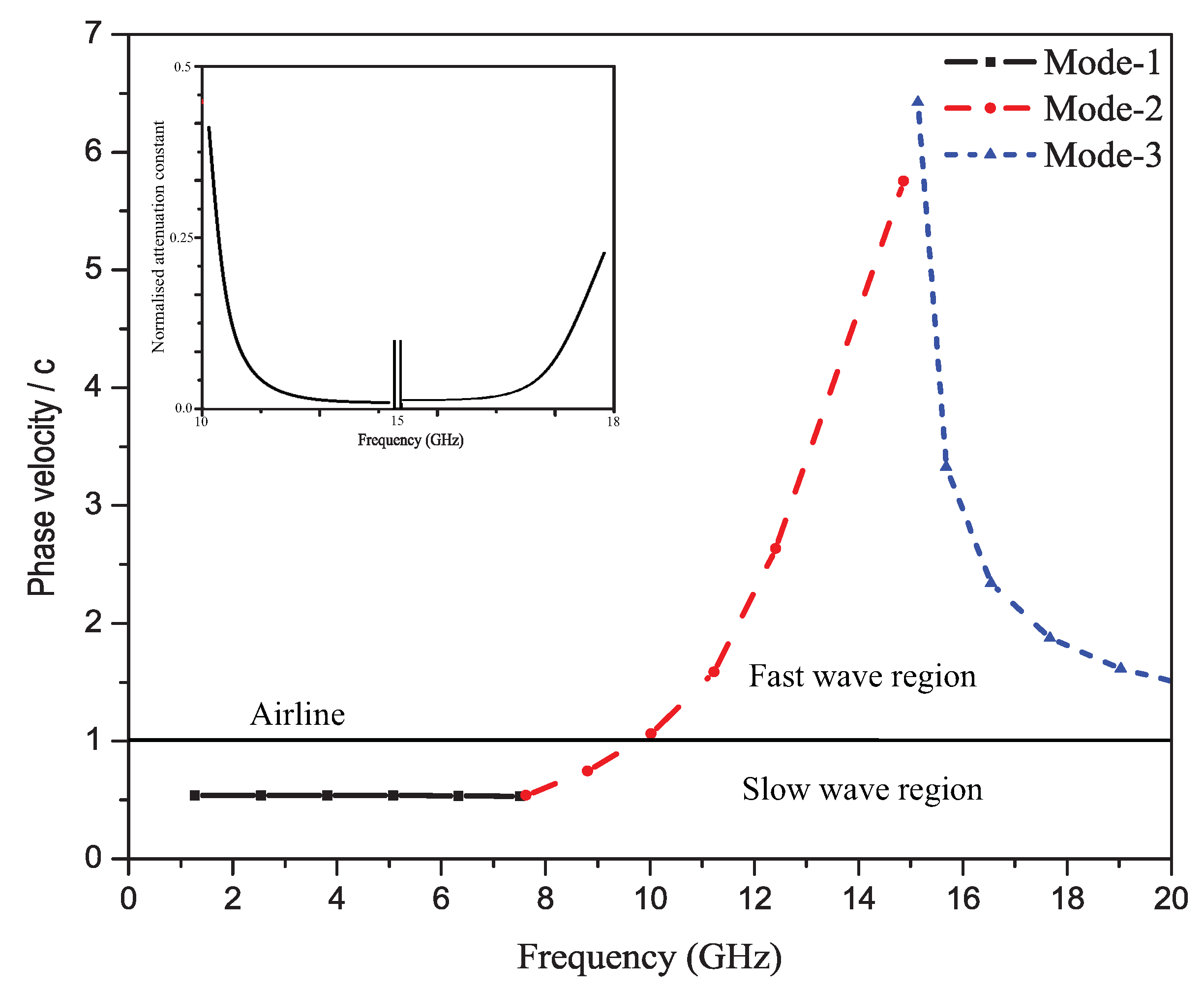









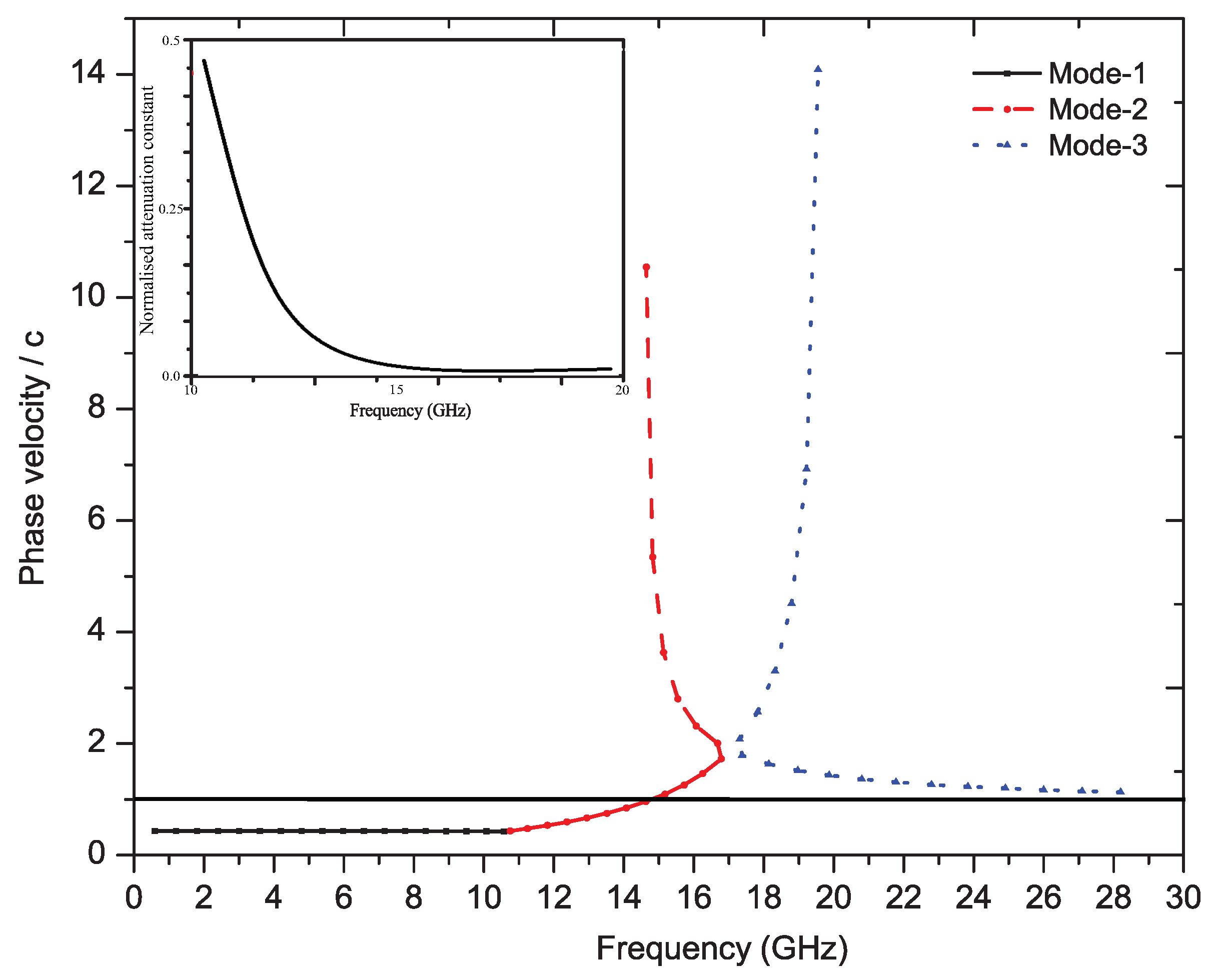

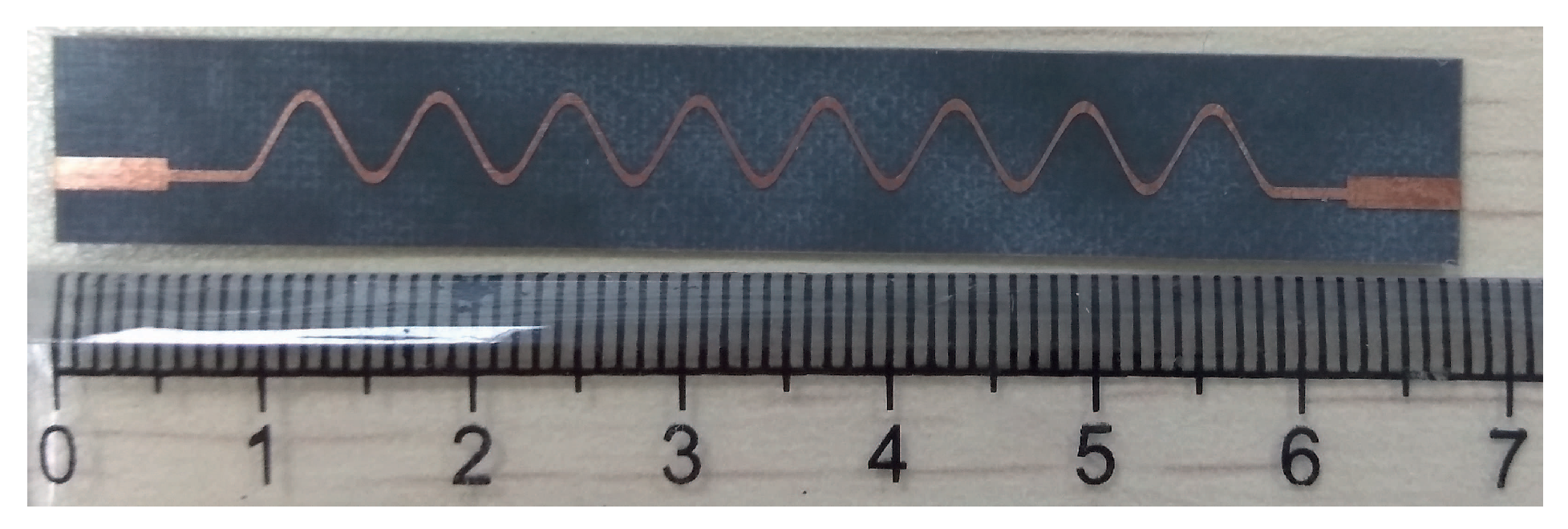
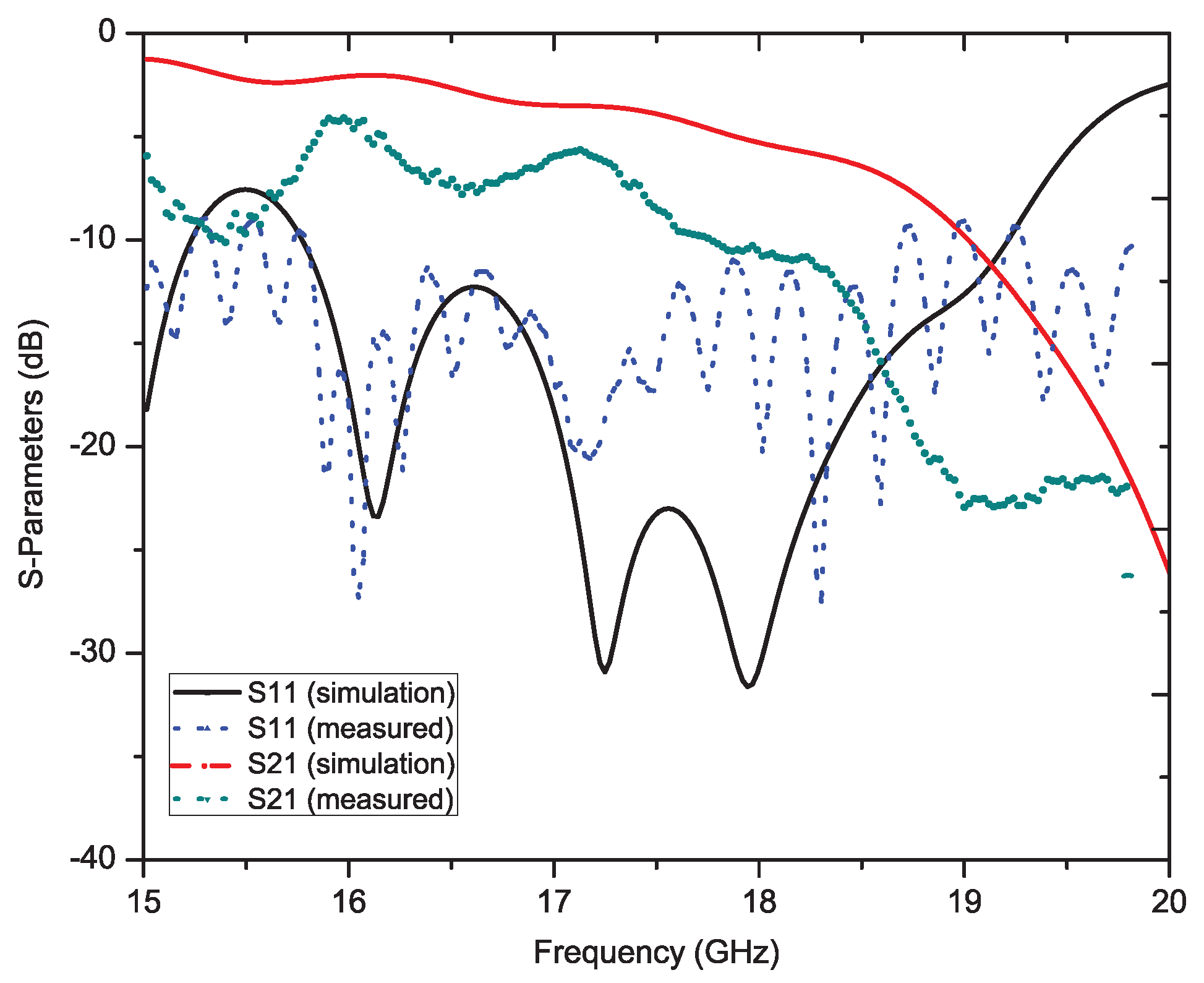
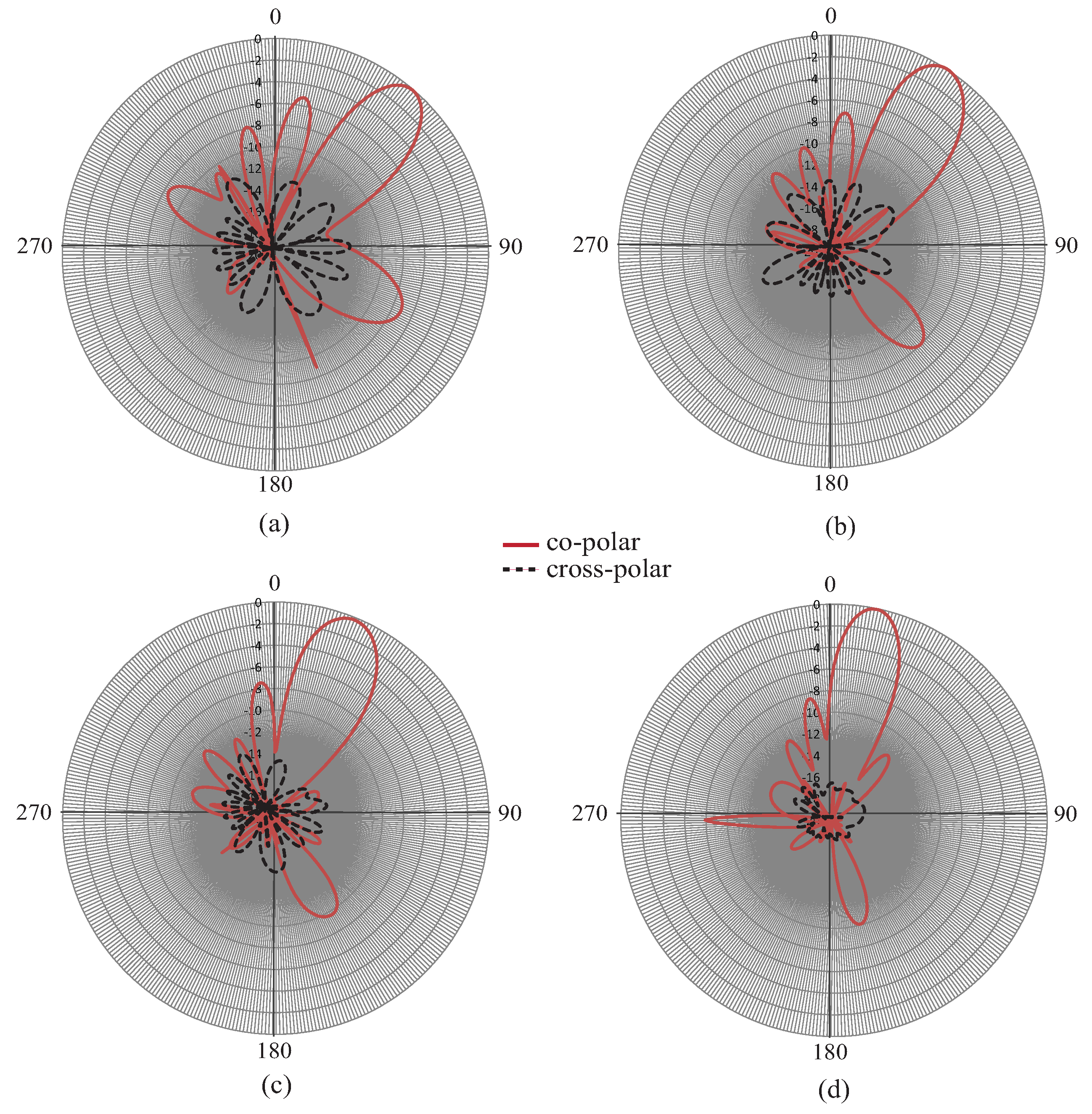


© 2019 by the authors. Licensee MDPI, Basel, Switzerland. This article is an open access article distributed under the terms and conditions of the Creative Commons Attribution (CC BY) license (http://creativecommons.org/licenses/by/4.0/).
Share and Cite
Kandwal, A.; Nie, Z.; Wang, L.; Liu, L.W.Y.; Das, R. Realization of Low Profile Leaky Wave Antennas Using the Bending Technique for Frequency Scanning and Sensor Applications. Sensors 2019, 19, 2265. https://doi.org/10.3390/s19102265
Kandwal A, Nie Z, Wang L, Liu LWY, Das R. Realization of Low Profile Leaky Wave Antennas Using the Bending Technique for Frequency Scanning and Sensor Applications. Sensors. 2019; 19(10):2265. https://doi.org/10.3390/s19102265
Chicago/Turabian StyleKandwal, Abhishek, Zedong Nie, Lei Wang, Louis W. Y. Liu, and Ranjan Das. 2019. "Realization of Low Profile Leaky Wave Antennas Using the Bending Technique for Frequency Scanning and Sensor Applications" Sensors 19, no. 10: 2265. https://doi.org/10.3390/s19102265




